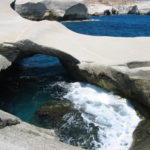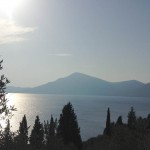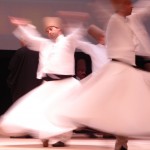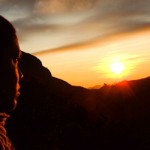Dance of life
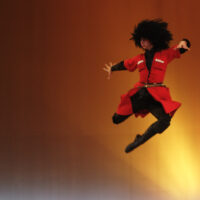
Dance is the loftiest, the most moving, the most beautiful of the arts, because it is not mere translation or abstraction from life; it is life itself.
Havelock Ellis (1859-1939)
British social reformer
Dance me to the end of love
When was the last time you danced?
Traditionally in ancient and tribal cultures, song and dance were seen as unanimous; one act, one expression, and they were always an integral part of life.
In ancient Greece, for example the term Choros was used to describe this single perform ance of song and dance (the root of the words choir as well as chirography). It is later on, that in Greek culture that acting too was also included into the mix, and a play or a “drama” was created, composed of all the three.
ance of song and dance (the root of the words choir as well as chirography). It is later on, that in Greek culture that acting too was also included into the mix, and a play or a “drama” was created, composed of all the three.
Dance was continually at the heart of human civilizations. It was at the core of every main event in a person’s life – from birth celebrations, to weddings, to funerals well as festivals, special occasions and memorials.
In modern times dancing has been split away from life, secluded; as many other aspects that once were imbedded in life. The dance has been boxed off into “official” dance places such as clubs or discos, thought and practices in classes, performed only rarely.
Dancing Queen
When looking at young children, particularly of small ages before they become self-conscious, we can see dance is a part of their everyday experience. They may hum to themselves or hear some music, and they just can’t help themselves and move to rhythms. Moving their body in a dance motion is totally natural and intuitive for them. No one needs to teach this, it comes from within, as a natural and pure self-expression, just like making talking but even more primal.
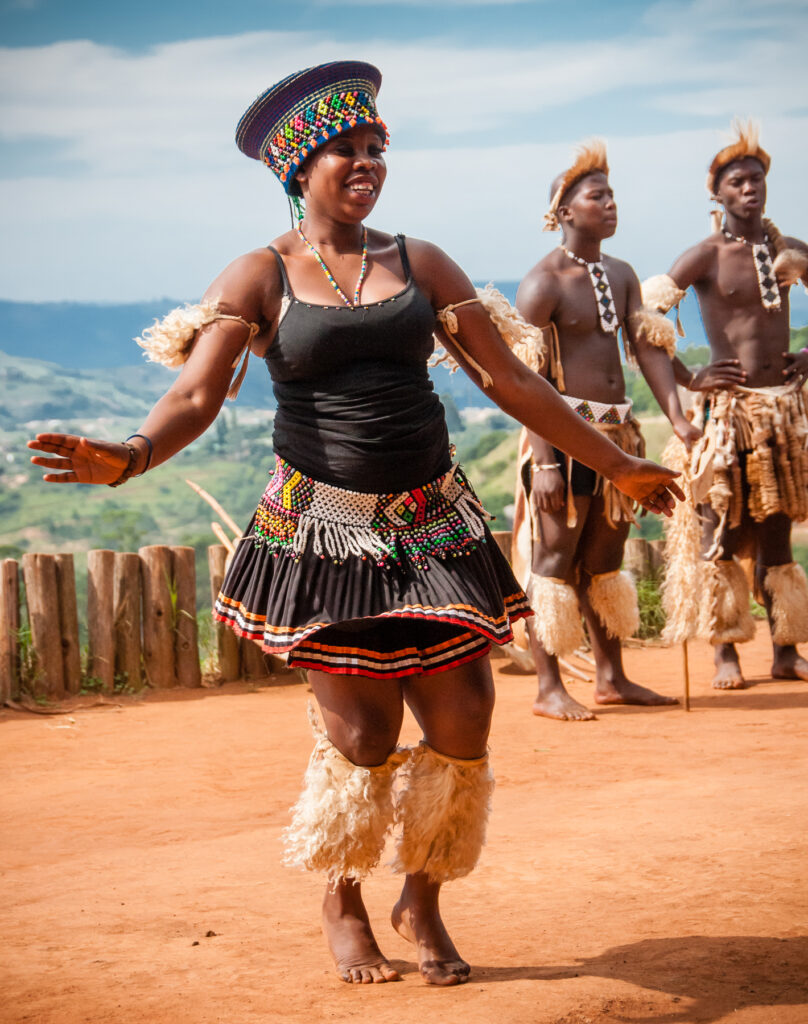 Nowadays dancing is something that only certain people do at the appropriated and delegated times. It is mainly associated either with professional performance or a sexual act. While I have personally seen in India funeral that occasionally incorporate dance in them, most people remember communal dancing only done at in weddings, in rare occasion or in specified designated clubs.
Nowadays dancing is something that only certain people do at the appropriated and delegated times. It is mainly associated either with professional performance or a sexual act. While I have personally seen in India funeral that occasionally incorporate dance in them, most people remember communal dancing only done at in weddings, in rare occasion or in specified designated clubs.
In essence, dance has the potential to connect, to connect body movement together with music and shape. To connect people and societies. It is universal and can work quicker than any language to break down walls of differences. It is ever alive, ever new, in the moment. It can be utilized to uplift, express and heal. But more than that, it also has a transcending effect.
Ecstatic
Back to ancient Greece, the term ekstasis, literally means “standing outside oneself”. Many people, (and possibly most,) seek to “get out of themselves”, out of life’s challenges, past traumas and day-today issues that burden upon them. But even more so, it is even when one is totally alone, with no one to disturb or bother them, with no problems to solve and nothing to do, their own very mind, overworked and uncontrollable is ever chattering, worrying, giving them no rest, following them wherever they go not allowing them to find no peace.
If they do try to quieten down they feel “attacked” and imprisoned in their own never-ending inner noise. The only peace imaginable in such as case is one that can be attained if they somehow learn how to “get way from themselves”.
Many people are drown to dance and to meditation just as they are to drugs or alcohols, looking desperate for a remedy to deal with their own self, their minds.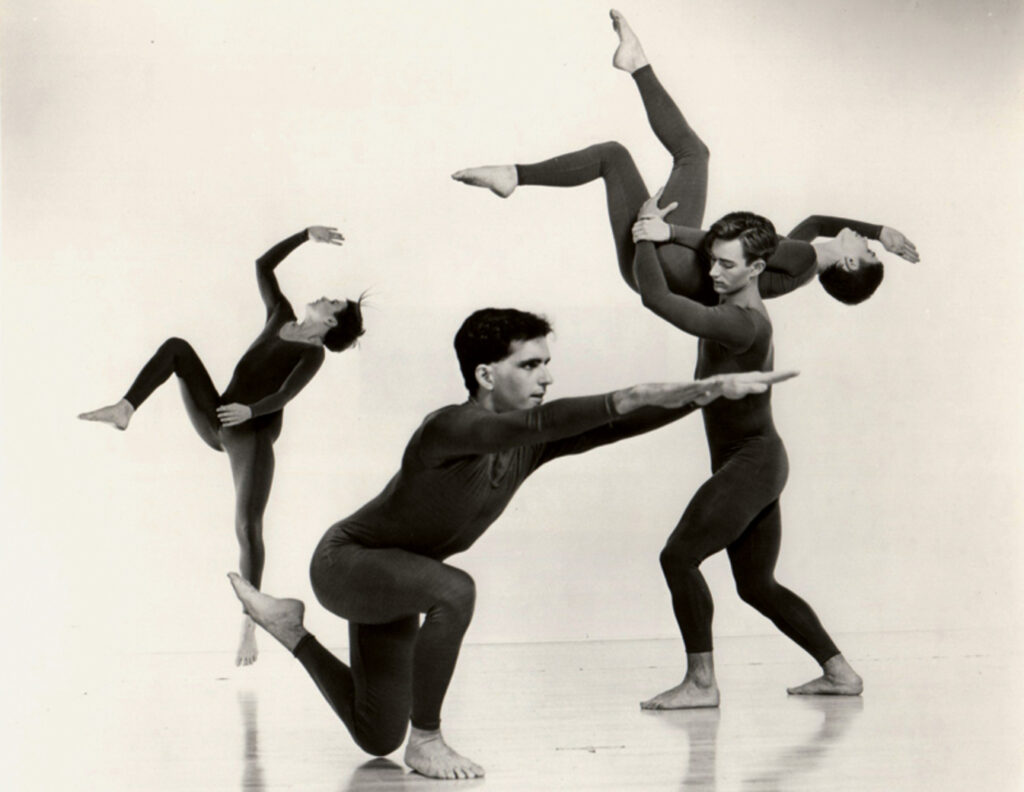
Hoping to learn some technique that will enable them to rest, release tension, and even to just fall asleep.
However, with reference to meditation this is only an initial step. Real meditation is not merely about quieting the mind but about truly becoming real, whole. Discovering our mind as a part of us as well as the divine greatness that we are.
Meditative Dance
As dance is no longer something that we do as a part of life, in order to dance we most often will need to invite it in, to initiate it into becoming something that we regularly do.
If we are sole purpose is looking for an ecstatic experience we can put load head banging or trance music that can assist us to quickly into our desired state. We ca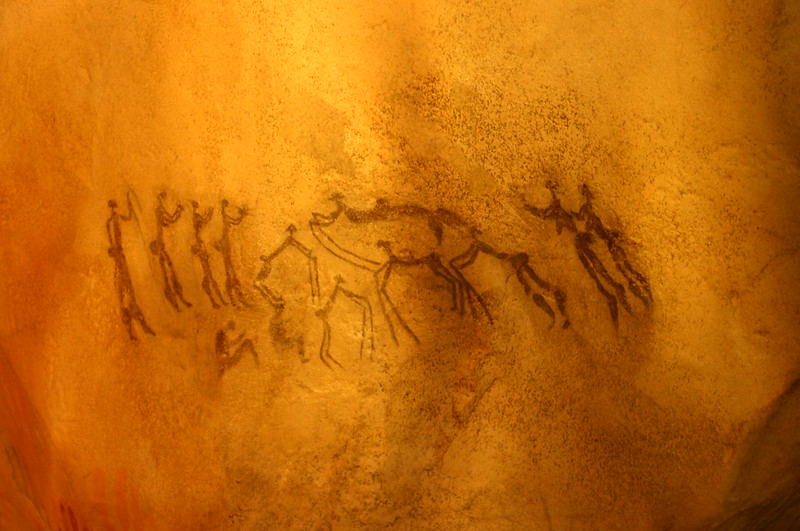 n even combine it with some intoxications for an even speeder transition.
n even combine it with some intoxications for an even speeder transition.
If we long to utilize dance in order to connect with others, we can surely fine groups of square dancers, folk dance classes, tango course etc.
However if we truly wish to dive into dance, to rhythmic movement for its real transcending qualities we need to be first of all clear about our intention and avoid disappearing in the dance. Rather we need to focus all our efforts on becoming. Not the becoming some self-image or idea, but pure, ever-changing, alive and real.



